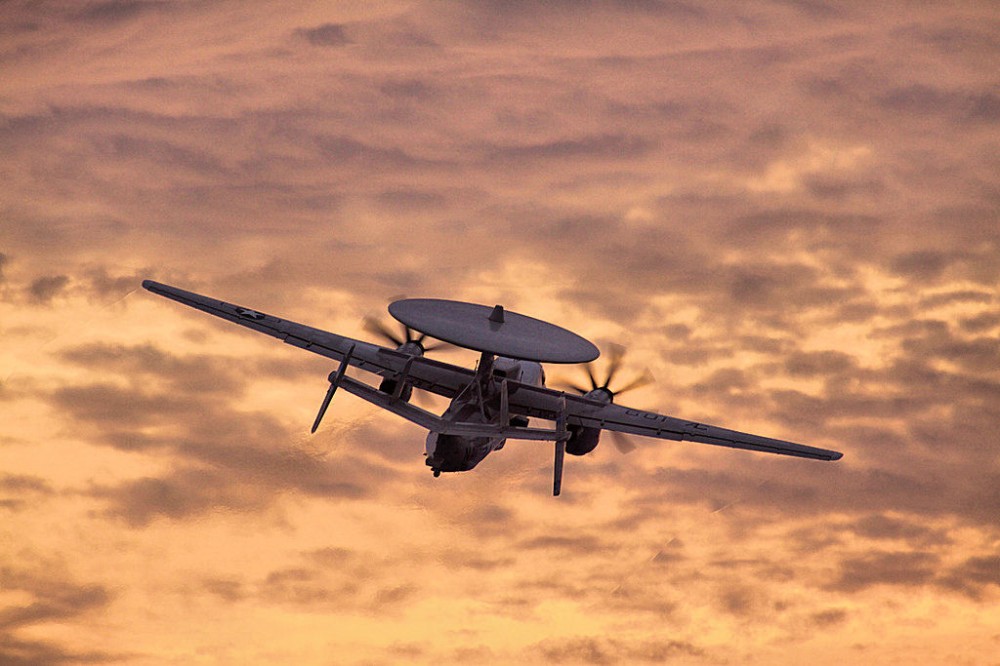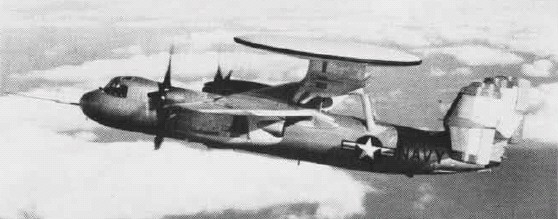Remembering Closeout 602 – 20 Years Later

A common thread about life at sea and flying from/working on an aircraft carrier is ‘hurry-up-and-wait;’ mostly because your time, your life is run by others. Whether it is Marshall trying to get everyone checked in for the last night recovery (only to wait until the ship finally turned into the wind) or stopping by the post office just to buy a stamp – hurry up and wait. Another constant, usually in concert with the first is “never mind” or words to that effect. In July 1992, the John F. Kennedy (CV 67), with Carrier Air Wing Three (CVW-3) embarked had just undergone such a yo-yo series of events. Underway in the Caribbean, JFK and CVW-3 were off Puerto Rico for CQ and CompTUEX as part of their necessary preparations for deployment, slated for later that fall. With CarGru FOUR (RDML “Bad Fred” Lewis) embarked,the Kennedy/CVW-3 team had been at sea less than two weeks when tragedy struck with the loss of VFA-37’s CO, CDR R. K. Christensen during a night strike practice into Vieques on 24 July. Slated for a 4-day in port period at St. Thomas, JFK dropped anchor the 25th expecting to also conduct a memorial service for CDR Christensen. However, late that same day, the ship received orders to get underway as soon as possible. An emergency recall of the crew was ordered and the ship was underway 26 July, joining Carrier Task Force (CTF) 24.1, bound for the Med in response to Iraq’s continued foot-dragging in complying with the cease-fire agreement imposed by the United Nations. CTF 24.1, under RADM James A. Lair, also included the guided missile cruisers Gettysburg (CG 64), Leyte Gulf (CG 55), and Wainwright (CG 28), guided missile frigates Halyburton (FFG 40) and McInerney (FFG 8), the frigate Capodanno (FF 1093), and underway replenishment oiler, Kalamazoo (AOR-6). On 28 July, however, the sortie was cancelled and the ships ordered to return to scheduled training in the North Puerto Rican operating area. There, JFK/CVW-3 continued CompTUEX with Rear Admiral Lewis resuming command of the battle group. Yet gain, tragedy struck the air wing, when on 31 July 1992 an E-2C (BuNo 162617) from VAW-126, Closeout 602, reported experiencing difficulties and the cockpit filling with smoke. The plane crashed into the sea approximately four miles from the ship and 60 miles north of Puerto Rico, taking LCDR Alan McLachlen, LTs Mike Horowitz and Tristram Farmer, and LTJGs Richard Siter, Jr., and Thomas Plautz.
This by far wasn’t the first E-2 mishap – indeed by this point eight E-2B/E-2C crashes had occured since 1961, almost all fatal. Yet even with that number of crashes, the aircraft still wasn’t considered to be as prone to mishaps as, say, the F-14 or AV8B. Those mishaps that had involved loss of aircraft and life were by and large, attributable to human error of one form or another – a failed carrier landing and subsequent night ditching, fuel starvation and crash on approach or maintenance malpractice (improper installation of a cotter pin on an elevator bolt) for example. Noteworthy, however, in all those instances there had only been one instance where all five crew were able to bailout of the aircraft under controlled conditions. Under controlled conditions (e.g., working autopilot, stable aircraft and clear path to the main entrance hatch, or MEH) bailout from an E-2 is an extremely difficult endeavor. For the CIC crew in the back of the plane, even though it is a straight shot forward to the MEH, the passageway is both narrow and short in height, presenting any number of possibilities to get hung up on the aircraft structure, not to mention having to pass a number of electrical junction boxes, radar waveguides and hydraulic lines that could be the proximate cause of a fire, catastrophic leak or, in a real nightmare scenario, a fire fed by hydraulic fluid pressurized to 3,000 psi; a virtual blowtorch. As bad as that is, it is even worse for the pilots who have to make their way from their seats, with parachute and seat pan attached, through the flight deck door behind them and a short right-hander to the MEH to bailout. Under the best of conditions (bailout practice drill, on deck), it would take up to a minute to get everyone out, assuming no snags or hang-ups.
By many accounts fire broke out when Closeout 602 was on the downwind leg of the pattern after completing a touch and go on JFK. Analysis of small amount of wreckage recovered afterwards, pointed to the source being a hydraulic line that fed the hydraulically-operated emergency generator where an electrical wire’s Kapton © covering had so deteriorated that it cracked (a common problem with aged Kapton) and the current arced across the hydraulic line, opening an pinhole leak and creating a blowtorch. This is problematic on a number of levels. First – any hydraulic leak in an E-2C is cause for concern as the flight controls are hydraulically boosted – with no backup. Unlike the A-6, for example, which used hydraulic fuses to isolate sections of the hydraulic system in the event of damage, the E-2,which was not thought of as “going over the beach” in harm’s way solved the problem of a hydraulic leak by isolating the system – flight or combined; it originated from, and landing as soon as possible. A total hydraulic failure called for ditching or bailout if unable to land as soon possible. On top of the compromised hydraulic system – a hydraulic fire dumps a tremendous amount of thick, toxic smoke into the close confines of the aircraft, making it almost impossible to literally see your hands in front of your face. Lacking a full face mask to block out the smoke and fumes, even going on oxygen with the O2 mask in place and visor down would not keep the smoke and fumes out of the eyes. Finally, the location, opposite of the MEH significant;y compromised the abliity to successfully bailout of the aircraft – at mission altitude, there is a slim chance of getting the fire to extinguish itself and trade altitude for time, briefly, to enable a successful bailout. At 800ft (pattern altitude) and with hydraulics rapidly depleting, there was no chance and five good men lost their lives.
Yet there was still something good that arose out of this tragedy. The Hawkeye community is a small one by NAVAIR standards and we are pretty close to one another. A scholarship fund was established initially to aid the children left behind – but a year or so later it was languishing. When VAW-124 lost a plane and crew a few short months later, the commodore at the time, CAPT Ed Caffrey (who, sadly, left us earlier this year) decided the community needed to act to support its own and through his efforts, his wife, Rosemary and the VAW community CO and XO spouses, established the VAW Memorial Scholarship Fund (later VAW/VRC Memorial Scholarship Fund with the addition of the C-2 community) and the VAW/VRC Spouses Association, which would include administration of the Fund as one of its charter responsibilities. Specifically, the purpose of the fund was to “honor those men and any other member of the VAW community who died while in a duty status, to let the spouses and children know how deeply that sacrifice was appreciated and to help provide for the children’s higher education as their parent would have wanted.  From its inception, the fund has always been for all members of the community on both coasts and in Japan.” This legacy continues through today with eligible children ranging in age from 2 through 22, the most recent of which came with the loss of LT Miroslav “Steve” Zilberman in the March 2010 VAW-121 crash.
Tomorrow, 31 July, marks the 20th anniversary of this loss. The passage of time dims the memory and softens the previous sharp edges of the loss – except for those for whom these five were family; and it is for them we offer our respects and gratitude for the sacrifice made. Our prayers are with them on this 20th anniversary remembrance. And perhaps, in that spirit, a visit to the Memorial Fund would be a fitting and appropriate form of recognition and acknowledgement on our part. In the meantime, we wish the crew of Closeout 602 peace and eternal rest.
(h/t Ponch)





My dad was Thomas D. Plautz of Vaw-126… Tonight is a rough night as I search for anything I can find about him… I turned 7 the day before he was taken … 20 years later I can still not forget every detail …. Thx for writing this.